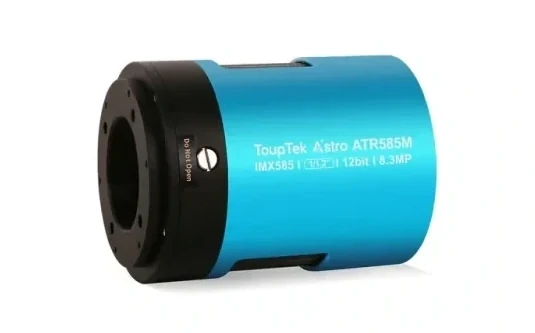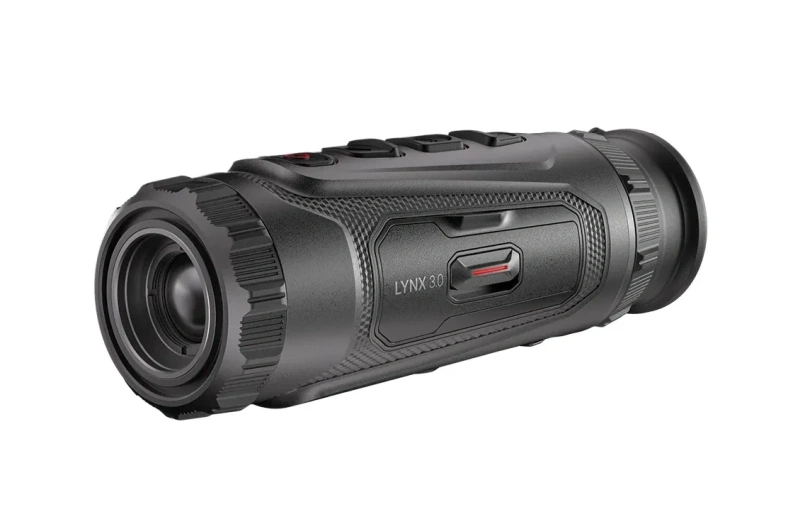The slow change in the Earth's rotational axis (called precession) also causes the position of the true celestial pole to change slightly relative to the North Star. Modern polar telescopes can now correct for this, as can the latest SkyWatcher polar telescope, which has a fibre-plate marked with the correction needed to compensate for the amount of pole drift until 2032.
On the fibre plate, it is possible to determine exactly where to place the Polaris at a given time, which there are several methods that can be used:
- the Polaris Hour Angle value entered by the SynScan handheld controller
- the Hungarian developed Polar Finder Android app, which graphically displays the Polaris' actial position (downloadable from the Play Store here)
- the Kochab method (i.e. beta Umi, whose free-eye direction perfectly determines the direction Polaris appears in the polar scope during these years)
The fibre plate has a much thinner and more precise fibre cross section compared to the older type. Compatible with SkyWatcher polar binoculars, it requires an older polar binocular with a fiber cross in which the fiber plate can be replaced with the new one.
The fibre plate, outer diameter 16.9 mm




































